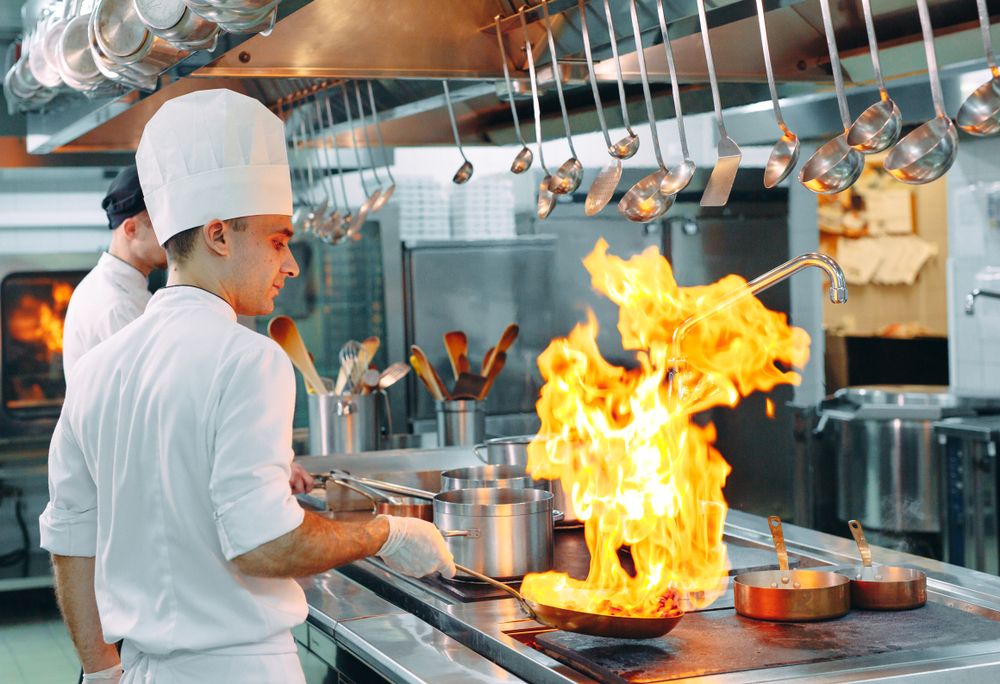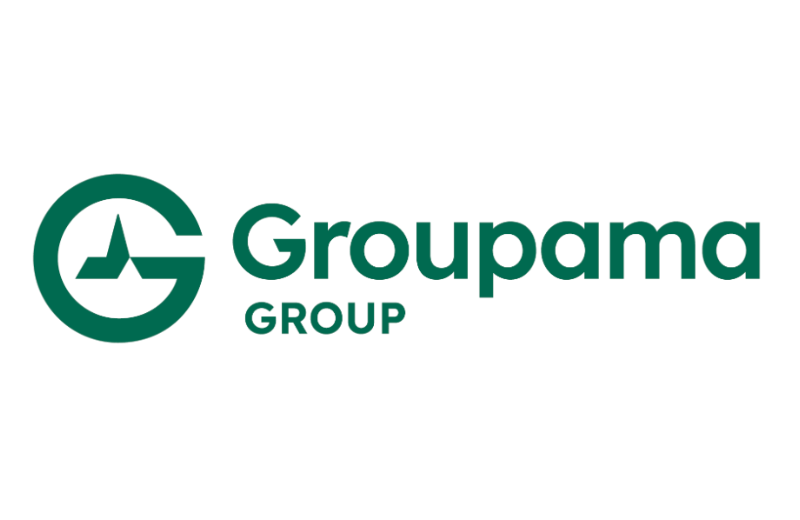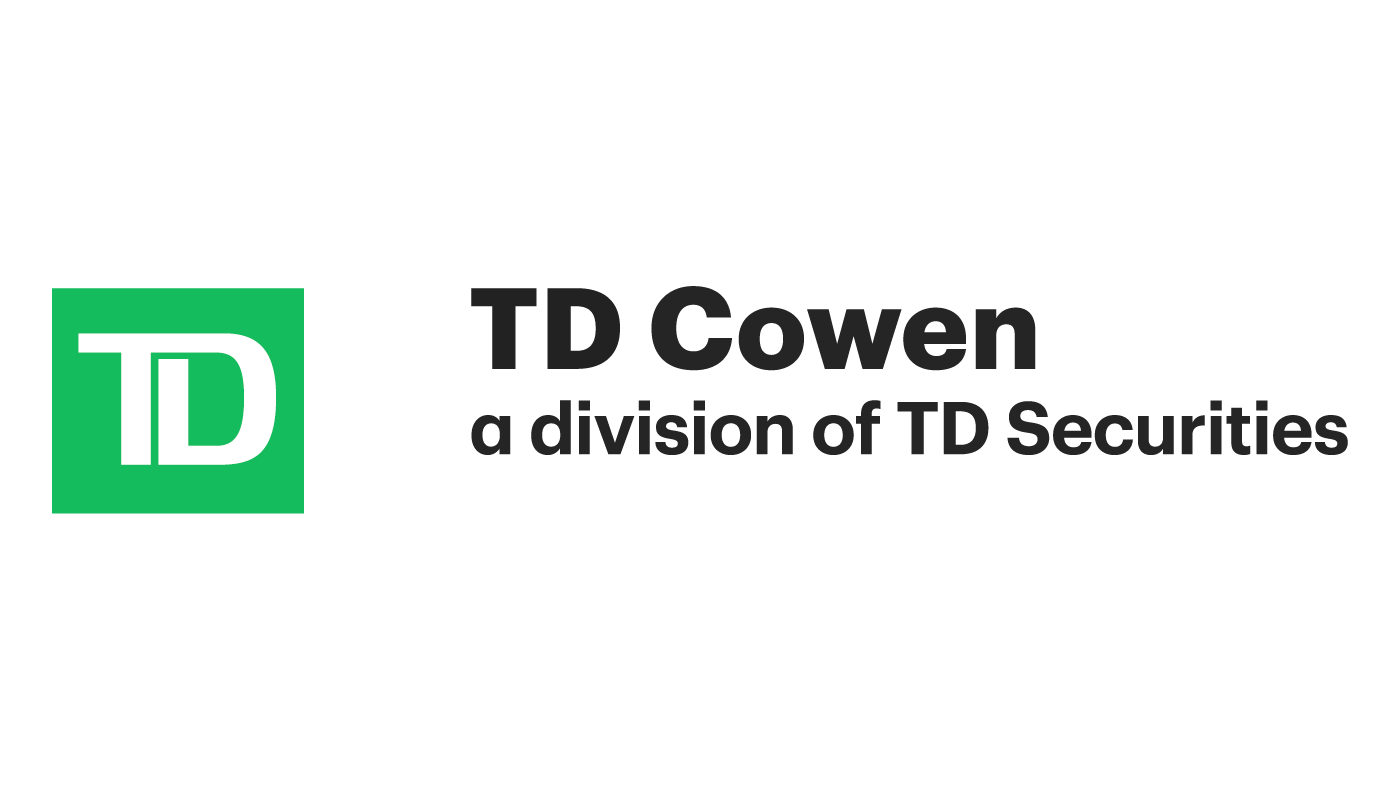
This entry is part of 15 in the series Fire PreventionFire PreventionMost Common Fire Hazards in Your Commercial KitchenBasic Cooking Equipment Maintenance RequirementsThe Risks of Serving Flaming Alcohol (It’s a Bad Idea)7 Tips to Ensure Your Building Sprinkler System Will Protect YouExtinguish a Major Cause of Kitchen FiresFire Drill: Are Your Fire Prevention Practices Alarming?Learning from Loss: Cooking Equipment FiresLearning From Loss: Electrical FiresImportance of Cigarette Smoking Policies at Your Restaurant & BarClean Cooking Equipment to Prevent Grease Fires8 Steps to Reduce the Risk of Fire at Your Bar or RestaurantCreosote in Your Restaurant Kitchen (It’s Not Just in Your Chimney)Fire Preventive Maintenance for Deep FryersHow to Use a Fire Extinguisher: An Easy 4-Step ProcessEmpowering Employees with Fire Safety Training and Response A United States Fire Administration report found that nearly 5,900 restaurant fires occur every year, causing around 75 injuries and more than $172 million in damage.Fires are a serious liability, so learn here about the most flammable items in your commercial kitchen and tips to prevent your livelihood from going up in flames.Read, ‘Creosote in Your Restaurant, Not Just in Your Chimney.’ Most Common Fire Hazards in Your Commercial Kitchen LiquidsGrease, cooking oil and alcohol are some of the most flammable and combustible items in your restaurant kitchen.
Fire involving liquids can be harder to contain, because of their ability to spread rapidly. Be sure to store these liquids properly.Related Reading: Extinguish a Major Cause of Kitchen Fires5 Successful Ways to Clean Grease FiltersGreasy ragsRags and towels are handy for cleaning up cooking oil and grease residue at restaurants and bars.However, their usefulness can also make them a severe fire hazard.As grease and oil become trapped within the fabric fibers of kitchen rags and linens, the chance of spontaneous combustion builds.
Even just 3% of grease residue can lead to ignition.Related Reading: 5 Tips for Handling Greasy RagElectrical wiringOverloaded circuits.Recalled electrical equipment.Faulty switches.
Faulty or frayed cords.Improper use of extension cords.Each of these pose a risk of starting a fire.Related Reading: 8 Electrical Safety TipsPoorly maintained kitchen equipmentYour cooking equipment is one of the most important things inside your restaurant.
Build up of grease in vent hoods or improper maintenance could ruin a busy dinner service.If you have solid fuel cooking operations, this presents an additional hazard because of the potential build up of creosote in your vent hoods. A kitchen fire could put you out of business for days, or even weeks.It’s important to note that vent hood and duct cleanings should be performed by a certified hood cleaning service at required service intervals.Poor HousekeepingCardboard boxes and food packaging must be regularly removed and disposed of. Not only do these items present housekeeping hazards, they also can add fuel to a fire. Related Reading: Housekeeping, It’s Not Just a Spring ThingEmergency Planning for Restaurants and BarsTips to Incorporate Into your Fire Prevention Program 1.
Train all employees on fire hazards and what to do in case of an emergency.2.Store flammable and combustible materials away from heat sources.3.Properly store flammable and combustible liquids.4.
Select fire extinguishers for appropriate hazards.5.Know where the nearest fire extinguisher is located and how to operate it using the PASS system.6.Develop an emergency action plan.7.
Conduct emergency evacuation drills.8.Have your exits clearly marked and free from obstructions.9.Keep electrical equipment properly maintained Our risk control team is available to help facilitate your safety and health efforts.
Learn more about this collaborative and consultative partnership and explore the exclusive safety resources developed to keep your restaurant safe and profitable.Or contact your local Society agent to discuss coverage. For more on identifying and eliminating fire hazards in your restaurant, read our whitepaper.Additional Resources
What is a Sushi Crunch Fire? Learning From Loss: Kitchen Equipment FiresHow to Use a Fire ExtinguisherSeries NavigationBasic Cooking Equipment Maintenance Requirements >>Share this post:FacebookTwitterLinkedinemail
Publisher: Society Insurance








